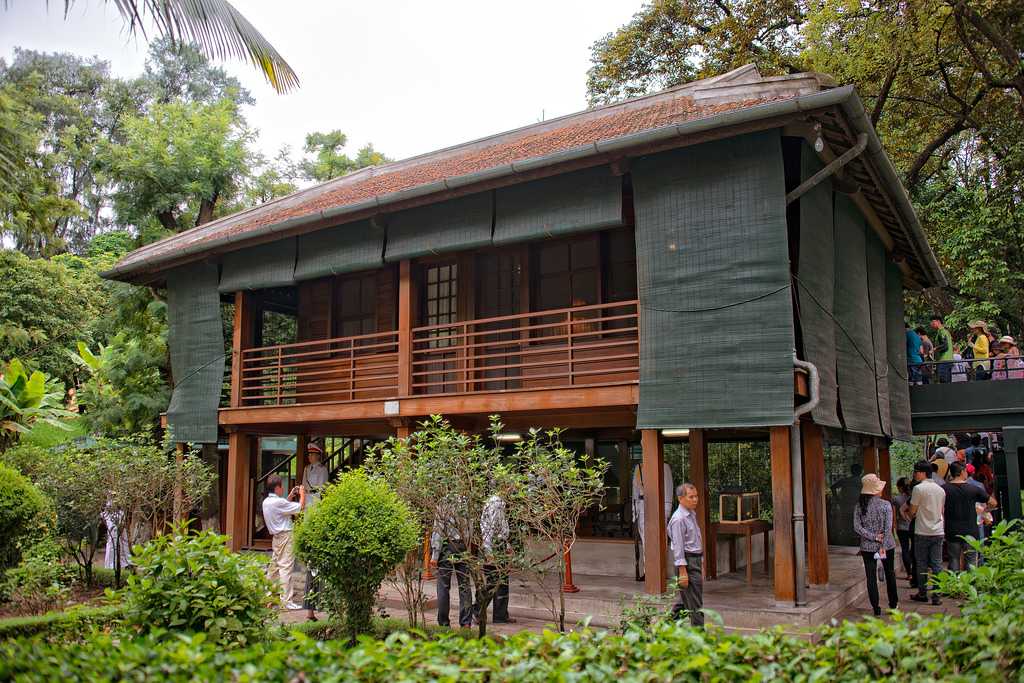Presidential Palace
Tags : Forts & Palaces
Timings : 7:30 AM - 11:00 AM, 2:00 PM - 4:00 PM
Time Required : 1 hour
Entry Fee : VND 25,000
Ways to Experience this attraction
Presidential Palace, Hanoi Overview
Presidential Palace of Hanoi is located in the Ba Dinh District of Hanoi at Hung Vuong St., and Hoang Van Thu St. Constructed in 1900, the Presidential Palace of Hanoi was originally intended to be Ho Chi Minh's official residence. At present, tourists are not allowed to enter the interiors of the building. It is mostly used for political gatherings.
Built in French architectural style, the palace is surrounded by lush green botanical gardens. The palace was built for the national hero, but he chose to stay in a traditional Vietnamese stilt house instead. Even though entry is barred into the palace, you can still appreciate the stunning architecture and the refreshing gardens that surround it. Presidential Palace in Hanoi is deeply rooted in the history of Vietnam. From the oppression of French colonisers to the triumph of victory, this building has seen it all.
It is a constant reminder of the dark colonial era of Vietnam and the drastic alterations it brought. The Ho Chi Minh Stilt House within the palace's compound speaks a lot about the simplicity of the Vietnamese people. Overall, the Presidential Palace Historical Site is a buzzing ground for sightseeing tourists and history enthusiasts.
Read More on Presidential Palace
History of the Presidential Palace
After Vietnam's independence in 1954, the building was to be used as headquarter of the newborn government; however, President Ho Chi Minh declined the offer of living there, as he worried portraying negative symbolic influences. Instead, he chose to live and work from a humble house, just behind the building. The stilt house and carp ponds were included in the Presidential Palace Historical Site in 1975.
Architecture of the Palace
Painted in mustard yellow, the Presidential Palace thoroughly reflects the neoclassical Beaux-Arts architectural style that was strongly favoured by French engineers during that time. The baroque ornamental details of this classical edifice came straight out of France and had no connection whatsoever with the Vietnamese culture. The grand palace stands behind wrought iron gates flanked by guard boxes. Elements of Italian Renaissance - aedicule, broken pediments, classical columns, quoins and a formal piano accessible by a grand staircase - had been incorporated into the design of the palace as well.
Ho Chi Minh's Stilt House

The Ho Chi Minh Stilt House is a modest stilt house and the residence of Ho Chi Minh during his term as president of Vietnam. It is present inside the premises of the Presidential Palace Historical Site, just behind the grandiose monument. It is well known in Vietnamese as Nha San Bac Ho, which means 'Uncle Ho's Stilt House' in English.
The stilt house was constructed in one corner of the palace's garden, facing a carp pond. It is nothing more than a simple wooden house set on stilts. The well-cultivated garden around the house is studded with fruit trees, hibiscuses, willows, frangipani, and flame trees. To reach Ho Chi Minh's Stilt House, tourists have to walk from the entrance down a 300-foot-long path, known as Mango Alley, which originates from the Presidential Palace.
